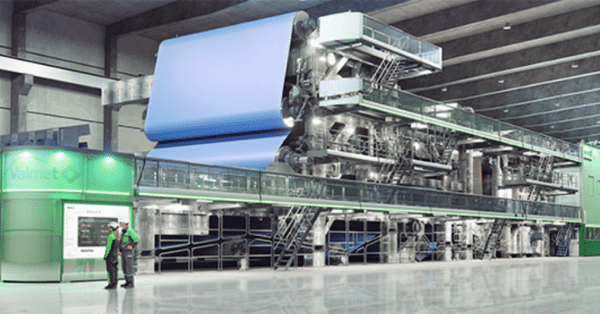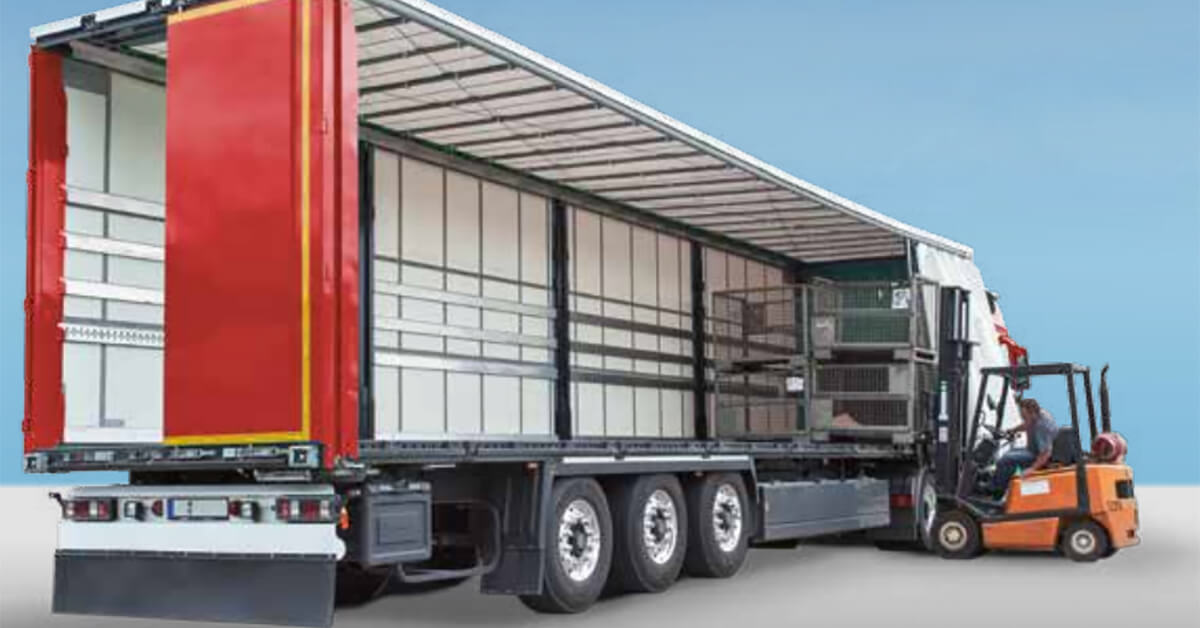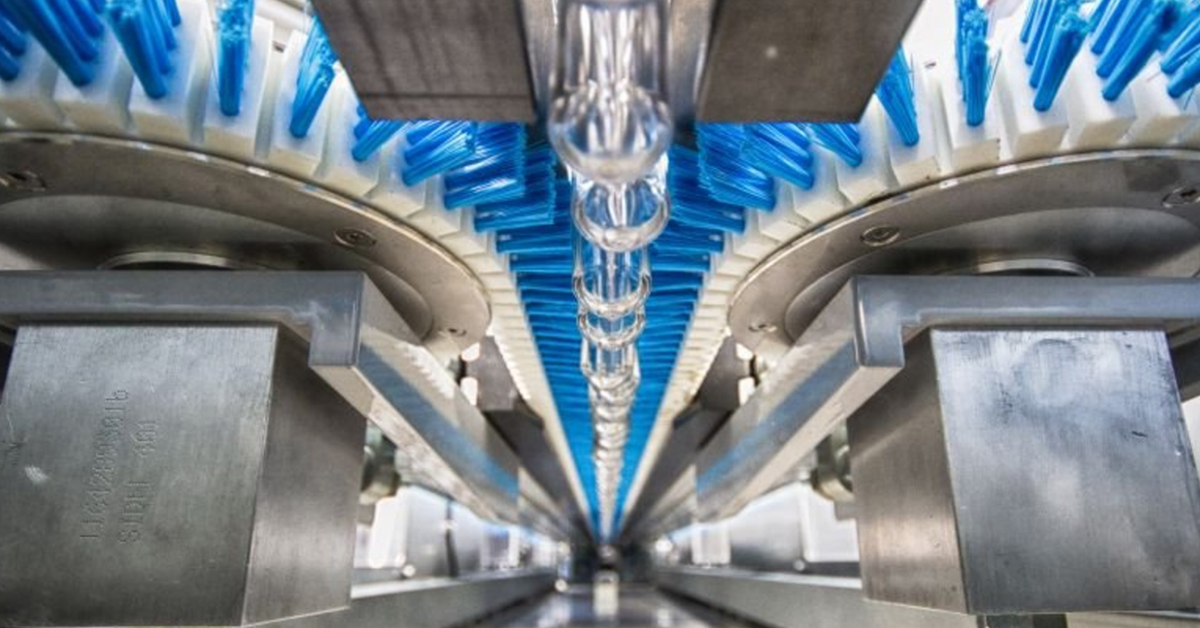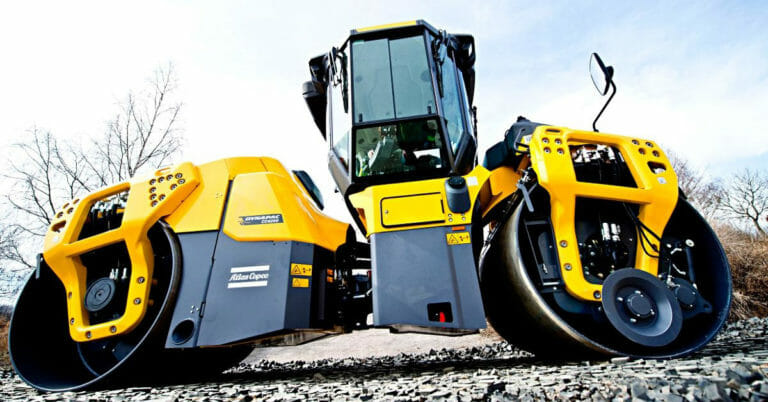Headline
Secure a Leadership Position in the Market
Inspiration for Hardware Design
MTS SYSTEMS
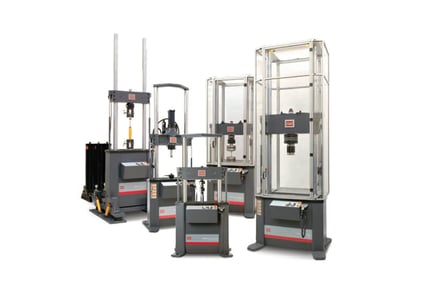
MTS Systems is a global supplier of test systems and industrial position sensors for a wide array of applications, including wind turbines.
The company faced a number of challenges, including decreasing profitability and increasing lead times; a proliferation of products and parts that was scaling with growth; and competitors that were offering “good enough” products with lower prices and shorter lead times.
MTS decided it needed a transformative change and launched a modularity program that delivered significant results, including: 90% reduction in total number of parts; 35% reduction in customer project costs; 70% reduction in lead time; 75% reduction of work-in-progress.
Before modularity MTS used 11,000 parts to build 150 product variants. After modularity, the company used 800 parts for 100,000 product variants.
Business Situation
MTS Systems had several challenges, including decreasing profitability and increasing lead times, a proliferation of products and parts that were scaling with growth, and competitors offering “good enough” products with lower prices and shorter lead times. MTS decided on a transformative change.
Beginning in 2002, market growth for test equipment was fueled heavily by newly developing countries where local companies started designing and manufacturing higher quality, higher complexity products. MTS, which had established itself in these markets years prior, was well-positioned to take advantage of these new opportunities.
As a leader in this niche market and inventor of the core technologies, MTS Systems had seen many years of strong profitability. They understood that customers were willing to wait a long time and pay a lot of money to buy a system from MTS. However, as new competitors entered the market and existing competitors chose new ways to compete, a new level of products was introduced with “good-enough” performance, lower price and shorter lead times. MTS Systems recognized the changing customer needs and adapted their approach accordingly, showing their commitment to customer satisfaction.
The company was organized into groups around small market niches, including automotive shock absorbers, aerospace aluminum, asphalt road materials, artificial knees, and many others. Each group managed a separate profit-and-loss perspective and controlled the profitability of every order using margin-based pricing. Over the years, this arrangement led to the branching of MTS’s core business approach toward optimizing price performance for the narrow slices of the market. It also led to the proliferation of product variations within product areas that required an increasing number of parts to produce. Operations had a tough time gaining leverage, and it was hard to identify opportunities for improvement to the overall business.
Continued growth in the market was limited by MTS’s ability to address the demand for lower prices and shorter lead times. Their project-based operational model became ineffective, resulting in increased cost, lead time, and quality issues. Operations were pushed to capacity, and the scaling up of the current system was not a viable business option. A new approach was required to meet the broad range of customer requirements while maintaining long-term profitability.
Product Marketing & Management
A small, disconnected marketing team at MTS attempted to manage the full breadth of markets, products, and customer applications that formed the niches. Each area presented new requirements and potential changes to the product, but it could be five or more years before development resources were available to implement these changes. This constant struggle took a lot of work to keep products fresh once launched.
Sales teams were organized by niches, consisting of sales and application engineers. The teams could gain a deep understanding of what each customer needed and would go out of their way to deliver exactly that. Their pursuits were sometimes detrimental to the company because of how they consumed time and resources. The teams often knew more about an application than the customer and needed to coax decisions to configure a test system. The consequence of this structure was that it led to a broad range of different product configurations. Test systems were built for additional customers within niches, but there needed to be more repetition across niches.
A significant step towards improving the efficiency of selling was the creation of a product configurator for a few product areas. This configurator included a comprehensive range of product performance, features, and options, greatly enhancing the accuracy of communication between sales and engineering. While it did not directly impact operations or product management, it was a promising tool. The configurator encompassed all reasonable product properties that customers may desire, without predetermining how the product would be produced, if it had been built before, or if it was a profitable configuration. This lack of active connection between the sales configurator and operations led to salespeople configuring products based on customer needs, while engineering decided on the design and manufacturing process.
Product Design & Engineering
The product design function at MTS was closely coupled to project engineering. Each customer project had an engineer assigned to follow the order through the system and troubleshoot when something went wrong. The planning of projects always included a contingency for schedule and cost, both of which were burdened by the customer. The goal was to ensure project profitability and deliver it on a promised date, even if it was later than the customer initially requested.
A new set of paper documentation accompanied each customer project. More efficiency was needed in engineering, even when the sales teams could sell close copies. After customer projects were completed and quality problems were resolved, the design teams could focus on new product development. Consequently, development activities took a back seat and were risky for product teams to propose. Most innovations and new designs occur on customer orders, with the risk built into the price and schedule.
Efficiency gains in engineering were realized only with individual people. Based on their own experiences, each would develop processes to optimize their efforts. Often, it was easier for individuals to start from scratch on a project versus reusing someone else’s documentation. This mode of operation covered up the system-wide challenge because people were doing their jobs well. Problems occurred only when the system of people was disrupted.
Product Operations
Since every customer test system was new, many issues during manufacturing became science projects. Each took time and brainpower to resolve and involved highly skilled and experienced people. The learnings from issue resolution were stored in the heads of those who worked on the problem because there was no process to share across the company. Project engineers would try to pick the same operational resources each time they needed to build a system in the same product area.
The wide range of components supported by the supply chain was managed without the support of forecasts or the ability to buy anything in volume. The lead time for projects was established by the component with the longest lead time, and the low volumes offered MTS little buying power and control over prices or designs. Components that were available one year may not be available the following year.
In 2002, MTS was laser-focused on improving the efficiency of its operations by reducing the effort for individual projects. The evolving market demanded lower cost levels, a challenge our overburdened and stressed organization struggled to meet. The business proposition to scale up operations in its current state was not attractive, underlining the urgent need for a new approach to regain control of the system and adapt to the changing market requirements.
Goals for the Architecture
These operational issues and a desire to control and improve overall profitability caused MTS to make sweeping organizational changes. With a new organization aligned by business functions, they hoped to shift the focus to core profitability and the identification of business-wide opportunities. As a result, the sub-optimization within market niches was gone, but the pendulum had swung too far in the other direction. Specialized knowledge was not being delivered where needed in a reasonable time.
In 2004, MTS launched a series of initiatives to balance the organization and secure its ongoing leadership position in the market. The Market Leader Challenge, a key initiative, was designed to enhance the competitiveness of the company’s products and processes. The use of modular architecture to efficiently deliver products was a testament to their proactive approach, supporting the Leverage Product Offerings initiative. This initiative aimed to create a new operating model for higher volume products, expanding the range of product performance and features to address new product entrants.
MTS selected a single product family to pioneer modular architecture, with plans to extend this to other product families. The pilot approach was chosen because the business systems and processes created for the product family were intended to supplement existing ones. This allowed for the new method to be developed and tested on a small scale with new people, and then replicated in another product area. The management team strategically chose product areas that spanned multiple niches, consolidated technical capabilities and identified servohydraulic load frames as the initial focus.
Revenue Growth
Servohydraulic load frames are used by MTS customers for complex fatigue life and fracture growth studies on metals and composites or for conducting simple tension and compression tests on consumer products and building materials. This is a market niche where competition has increased, and MTS’s market growth potential has been threatened. They sought to reduce customer lead times significantly lower than their 48-day average to maintain a competitive offering.
Lead time reduction would be accomplished through the new modular architecture that would collect the full scope of this product area into a single product platform. A goal was set to achieve 80% of orders using product configurations of 100% established modules. These could be delivered in a fraction of the 48 days. The remaining 20% of orders would use 80% of established modules, reducing the time to design and deliver.
Profitability Improvement
The management team determined that the additional capacity required to meet the growing market demand would come from increased efficiency rather than the addition of resources and manufacturing space. A large chunk of the efficiency would come from having more orders configured instead of designed, leading to a 30% reduction in job cost.
The operations would also become more efficient by reducing the number of part numbers that needed to be managed by the various teams. A 90% reduction in total part count was expected by creating a modular architecture. MTS also established a goal to keep new part creation to less than ten per week.
Business Results
With a new approach to delivering solutions, MTS has added the efficiency and capacity needed to keep up with the market growth; by leveraging the similarities of the test systems across applications through a deliberate family of products, they were able to take advantage of some level of scale. In the words of CEO Laura Hamilton, “Modular platforms have helped us build a cost advantage. We’ve reduced our unique part numbers.”
Much of the success at MTS was due to the implementation of teams within the major business functions, working together to plan for a smooth implementation of the Modular Architecture in their function. This collaborative effort led to successful results, encouraging the management team at MTS to continue developing Modular Architectures for other products, including the electronic control system and the family of software applications.
Product Marketing & Management
The initial launch of the servohydraulic load frame product family was a great success. It incorporated an extensive update of the products across the many application niches that would have individually taken ten years or more. The number of overall product variants was increased by more than 100%. Features and system performance for each application were increased by sharing across the entire product family.
At the same time, the new modular architecture was being developed, and the sales organization was changing to support the Market Leader Challenge. Sales teams were being deployed regionally instead of by market or application. They were becoming generalists instead of specialists and needed to rely on others for specific application knowledge. The ability to configure products from a predetermined set of designed and managed variants played a crucial role in successfully adapting to this new model.
A new product configurator directly linked to our operational systems was introduced as part of the operational overhaul. Based on the modular architecture, this configurator allowed the sales team to sell products built by the manufacturing team. The efficiency of the product family was streamlined through the use of predetermined variants offered in the configurator, reducing the reliance on individual expertise in the delivery process.
A more efficient marketing organization also evolved out of the development of the Modular Architecture. A single product manager was assigned to manage the standard platform components that comprised any system's core. This individual is focused primarily on managing the internal process and issues to improve the product's operational efficiency. Other market and product managers are focused on components like software and test fixtures that adapt the system's core to specific applications. These folks can manage multiple applications and limit their involvement in the core product.
Product Development Engineering
MTS has made a significant shift in its engineering activities, moving from a focus on delivering specific customer orders to the proactive design of a comprehensive product platform. This transition was underscored by the development of the first Modular Architecture for servohydraulic load frames, which necessitated the establishment of a dedicated research and development department. This strategic move allowed MTS to separate the engineers working on new products from the daily demands of customer projects.
The platform design of the load frames is a marvel of design efficiency. The overall part numbers were reduced by 75%- 90%. Before the modular architecture, there were 11,000 unique part numbers for building 150 unique product variants. With it, they only need 800 unique part numbers to build over 100,000 unique product variants. Many customized test systems can also use a portion of the platform, integrating newly engineered content through standardized interfaces.
Documentation is one of the critical engineering functions addressed in the load frame project. It was once a paper-based process where project-specific drawings were created, printed, and shipped with each order. It is now a paperless process that automatically builds CAD models and simplified eDrawings from product configuration data. It eliminates much of the non-value-added time engineers used to spend on each order, and individual project costs have been reduced by 18-35%.
The electronic documentation now also contains all of the manufacturing information. When a product is configured, the production operations are configured simultaneously. The documentation has also become an essential tool for governing the Product Architecture. Changes now needed to be planned and approved. Using paper would have allowed the organization to return to its old ways.
Product Operations
The initial Modular Architecture project proved to the management team at MTS that they were on the right path to regain capacity and efficiency in their operations. The average time in the manufacturing process was reduced from 48 to 14 days for load frames, and the corresponding work-in-progress was also reduced by 75%. In the past, systems would travel upwards of 1.2 kilometers in the plant. Consolidating operations into modules and implementing an assembly cell reduced travel to less than 100 meters. Modules are built and tested ahead of time to ensure they are working when assembled into the test system. The number of steps in the assembly process was reduced from 24 to 10, and there needed to be more rework.
Reusing components across the broad product family allowed the supply chain to be managed with forecasts and higher volume purchasing. The team established tiers of components to go along with their planned product lead times. Tier I items are in high demand and are closely managed to be always available with short lead times. Tier II items have slightly longer lead times that expand with high demand simultaneously. Tier III items have the most extended lead times and are not typically held in inventory. These lowest volume components are procured to support each order, but the lead time is consistent.
Modular Architecture in Action
The integrated actuator beam was a significant set of modules that were developed for the modular architecture within the load frame product platform. Analysis of the functions of the components indicated that many of them could be combined into this super-sized module. This component is being built and thoroughly tested before it is integrated into the rest of the load frame.
The standardized interfaces surrounding this set of modules allow it to be integrated into multiple configurations of the load frame. Much of the variation required in the system is accomplished with a separate, bolt-on hydraulic manifold module. Variants of the beam module are built using late differentiation. The long lead item of the casting is produced in a limited number of sizes and stored in inventory. The casting is machined per unique variant as customer orders demand it.
This set of modules resulted from something other than the work of a clever design team. It resulted from deploying the Modular Function Deployment® method to identify the location of module interfaces that would accomplish the product's functional and strategic objectives—the impact on the customer and the business as a whole measures the significance of the design.

